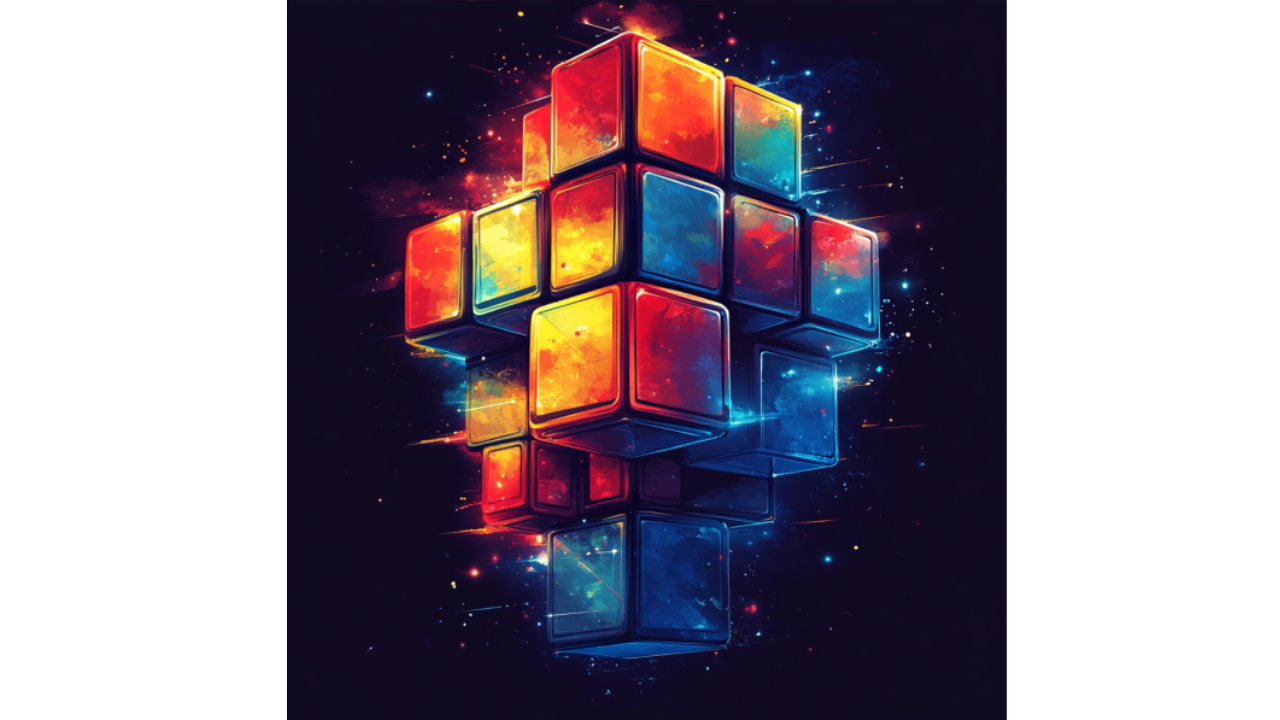Content Gap Analysis: Find Opportunities
In the fiercely competitive landscape of digital marketing, staying ahead requires more than just producing content; it requires producing the right...
2 min read
 Writing Team
:
Nov 5, 2024 5:25:58 PM
Writing Team
:
Nov 5, 2024 5:25:58 PM

Look, I get it – your marketing funnel probably looks about as linear as my cat's path to her food bowl. (Spoiler: She takes three detours, investigates a dust bunny, and somehow ends up on top of the refrigerator first.)
But here's the thing: that chaos might actually be your secret weapon.
Remember Blockbuster? They had the perfect linear funnel: awareness → consideration → rental → return → repeat. Worked like a charm... until it didn't. Meanwhile, Netflix was building what looked like a drunk spider's web of content discovery, viewing patterns, and social sharing. Guess which approach better reflected real human behavior?
Traditional marketing funnels are like trying to play Tetris with only straight pieces. Sure, it works, but you're missing out on all those juicy opportunities for unexpected combinations.
Complexity theory is basically the science of "stuff that happens when a bunch of things interact in weird ways." Think of it like this:
In marketing terms, this means:
Here's where it gets fun. Instead of fighting the complexity, let's lean into it:
Ready to embrace your inner chaos theorist? Try this exercise:
Draw your current marketing funnel. Now, grab a different colored pen and draw every weird path a customer has actually taken to purchase. Looks more like a plate of spaghetti, doesn't it? Good. That's reality.
Here's your action plan:
The real magic happens when you stop thinking of your marketing funnel as a funnel and start thinking of it as an ecosystem. Like that time I tried to grow just one tomato plant and ended up with a whole garden because apparently, bees don't follow my project plans.
Remember: In a complex system, the shortest path between two points is rarely a straight line. Sometimes it's a meme. Sometimes it's a customer service interaction gone viral. Sometimes it's a Reddit thread about your product that you had nothing to do with.
Your job isn't to control the chaos – it's to dance with it.
The next time someone asks you to streamline your marketing funnel, show them this article. Then show them your analytics. Then watch their face as they realize that your most valuable customers came from the most random places.
Because in the end, embracing complexity isn't just about accepting chaos – it's about creating space for magic to happen.
Now go forth and let your marketing funnel be as messy as it needs to be. Just make sure you can measure the madness.
(And yes, my cat eventually did get to her food bowl. Through the laundry room. Don't ask.)
.png)
In the fiercely competitive landscape of digital marketing, staying ahead requires more than just producing content; it requires producing the right...
%20(1).png)
As your business grows, you will want to grow in your ability to market to customers. This means using some tools that will help you efficiently...
%20(1).png)
While Google might be the main go-to resource for research of all kinds, don’t think it’s your only option.